Automotive Climate Control: 116 Years of Progress
As an engineer at Ford Motor Company’s Climate Control Division, Dickirson was no stranger to the arch academic side of this subject—this book goes a totally different way. It is the one you read alongside the heavy-duty engineering tomes or even general-history ones.
If you need a textbook or a how-to book or a definitive historical overview, this is not it. Here, Dickirson offers hundreds of illustrations, from 1897 to the present and from ads to patents that tell the story of an automotive component whose presence or absence you’d notice more immediately than what sort of suspension your car has or even how may horses reside under the hood.
Based on a 99-page booklet that Dickirson completed in 1999 while working at Ford, this big softbound 524-page book is dedicated to automotive climate control engineers. It was compiled by scouring through archived publications and collecting hundreds of images: 116 photos, 352 ads, 6 patent illustrations, 19 magazine articles, drawings and pictures, 173 instruction sheets, diagrams, shop manual drawings, OEM letters, OEM training manual pages, and parts catalog illustrations.
By and large the illustrations are left to stand on their own without more than brief one-line descriptions as to why they are included. This format was chosen by the author in order to “minimize misinterpretation” of the reproduced material. Well, not offering any sort of connective narrative certainly avoids misinterpretation but also makes it difficult, especially for the non-specialist reader, to gain a full understanding of the subject. What little text there is, is concentrated on 35 pages of short paragraphs at the beginning of the book. Divided into four sections beginning with “From Horse and Carriage to Horseless Carriage” and ending with “From Electro Mechanical Systems to Electronic Systems” they act as picture captions for 264 of the 666 illustrations. Read back to back, they do give an overview of the evolution of automotive heating and cooling, which would only be enhanced by looking at the corresponding illustrations. Except . . . the captions are not cross-referenced to the illustrations they describe. No “see page xyz” or the like. Easier still would have been to put each caption and illustration on the same page or near each other! Plenty of needless page flipping will be required, and the Index is no help at all.
The Index is broken into 17 separate sub-sections. Each addresses a specific aspect of climate control: Antifreeze, Defrosters, Heaters, Manufacturers & Brands, etc. This works well if you are interested in finding all the ads that deal with, say, Ventilation. However, if you are reading the 35 pages of collected picture captions, and would like to see what the caption is talking about, the Index is difficult to use because it functions more as a Table of Contents than an Index.
For example, one of the picture captions piqued my curiosity by mentioning that the windshield wiper on the 1925 Kissel passed through a hole in the front windshield glass. With no page number telling me where the corresponding picture of the Kissel might be in the book, I turned to the Index, looked under what I hoped was the right sub-section, and found four Kissel references. The third reference turned out to be the one I needed. It only took me perhaps one minute to look up and discard the first two listings as false starts. Not much time, you say, until you multiply one minute by 264 captions. Suddenly you see that four and a half hours of page flipping would be required to link all the captions with their relevant illustrations. What was the author trying to accomplish that made this methodology an acceptable or inevitable trade-off? It reduces the utility of an otherwise interesting book and makes it most suited to random thumbing-through as opposed to a cover to cover read or reference-grade resource.
After the 35 pages of captions come several hundred pages of photos, advertisements, and illustrations of all sorts. By gathering so much material the author certainly has made it convenient to sample sources that would be difficult to find on one’s own. The book is self-published and one can’t help thinking that its tortured layout is the result of not having editorial guidance. Printing and photo reproduction are good. The Bibliography lists the sources for all the material.
Copyright 2012, Bill Ingalls (speedreaders.info).


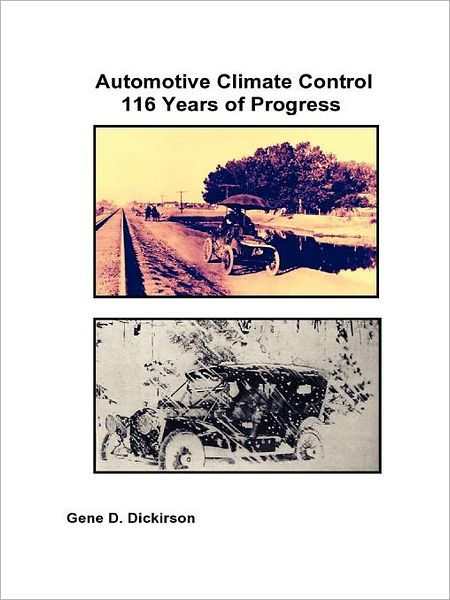
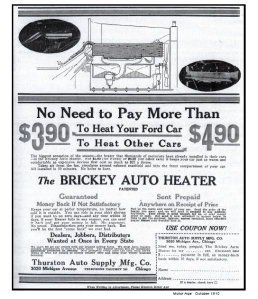
 RSS Feed - Comments
RSS Feed - Comments
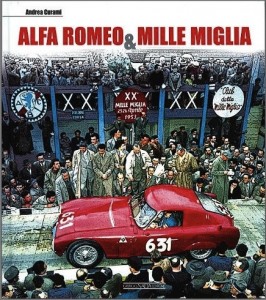




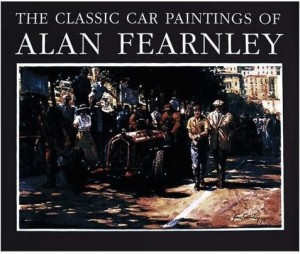
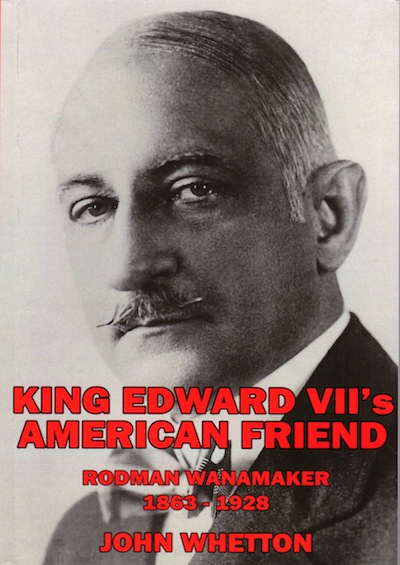




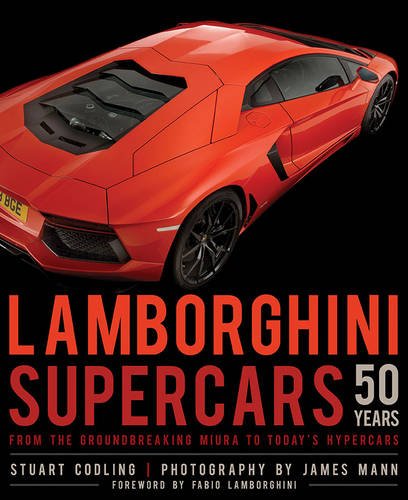




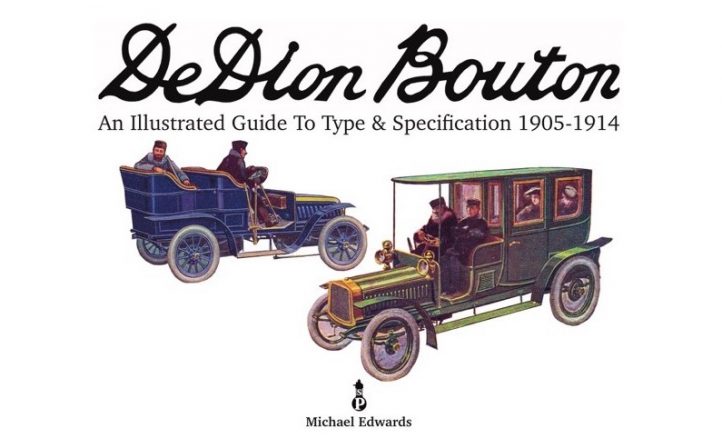




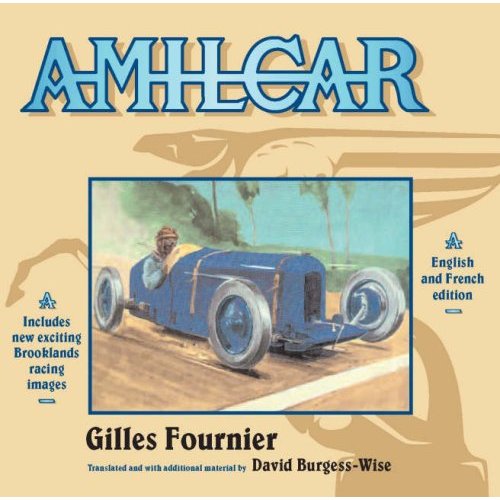

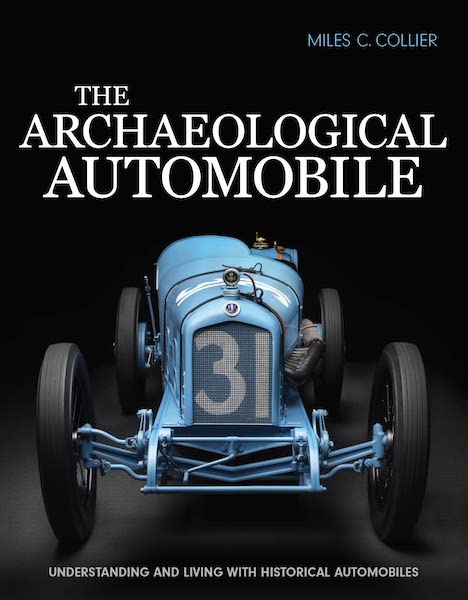

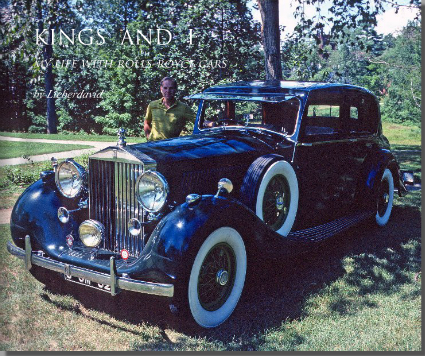












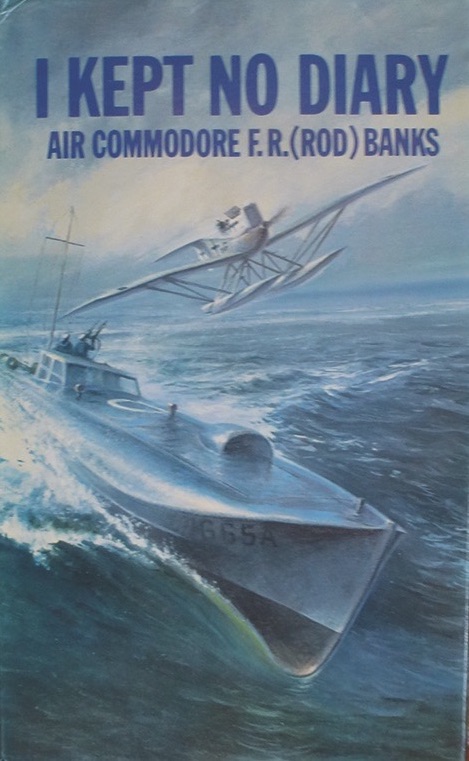










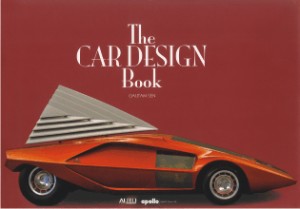


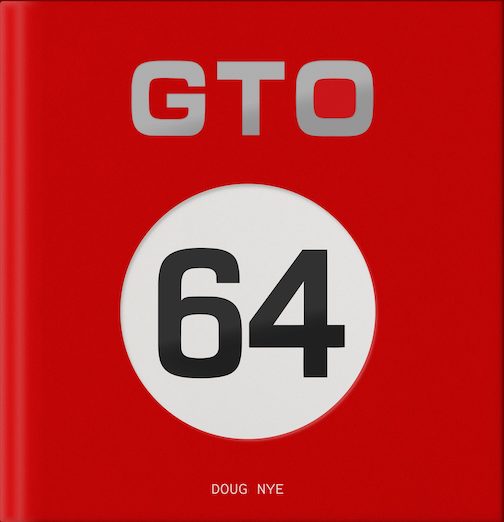








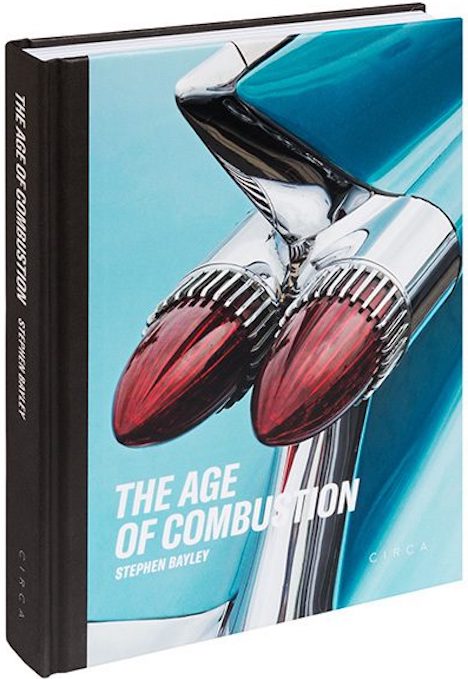




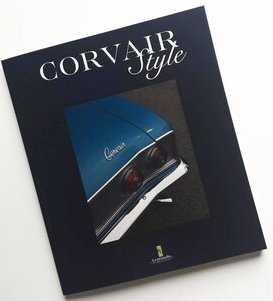

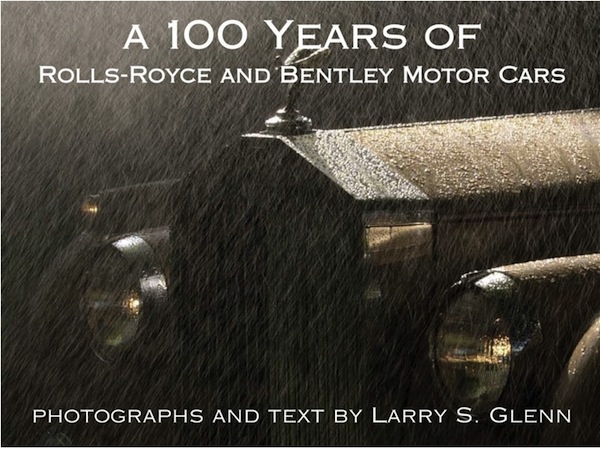

 Phone / Mail / Email
Phone / Mail / Email RSS Feed
RSS Feed Facebook
Facebook Twitter
Twitter